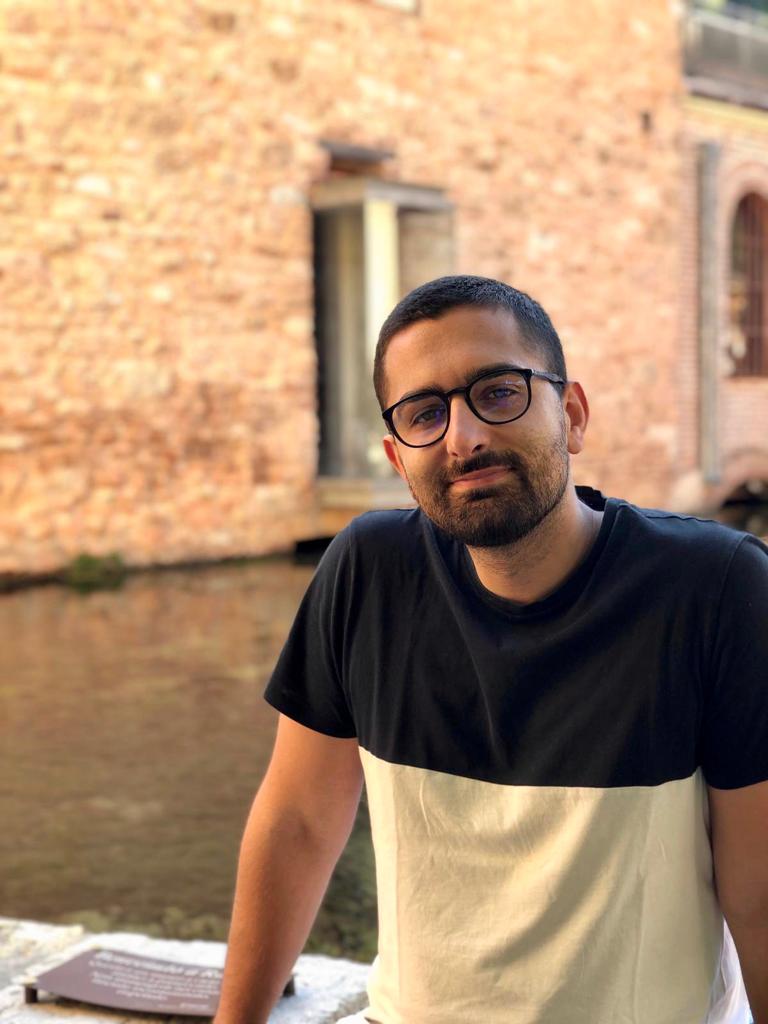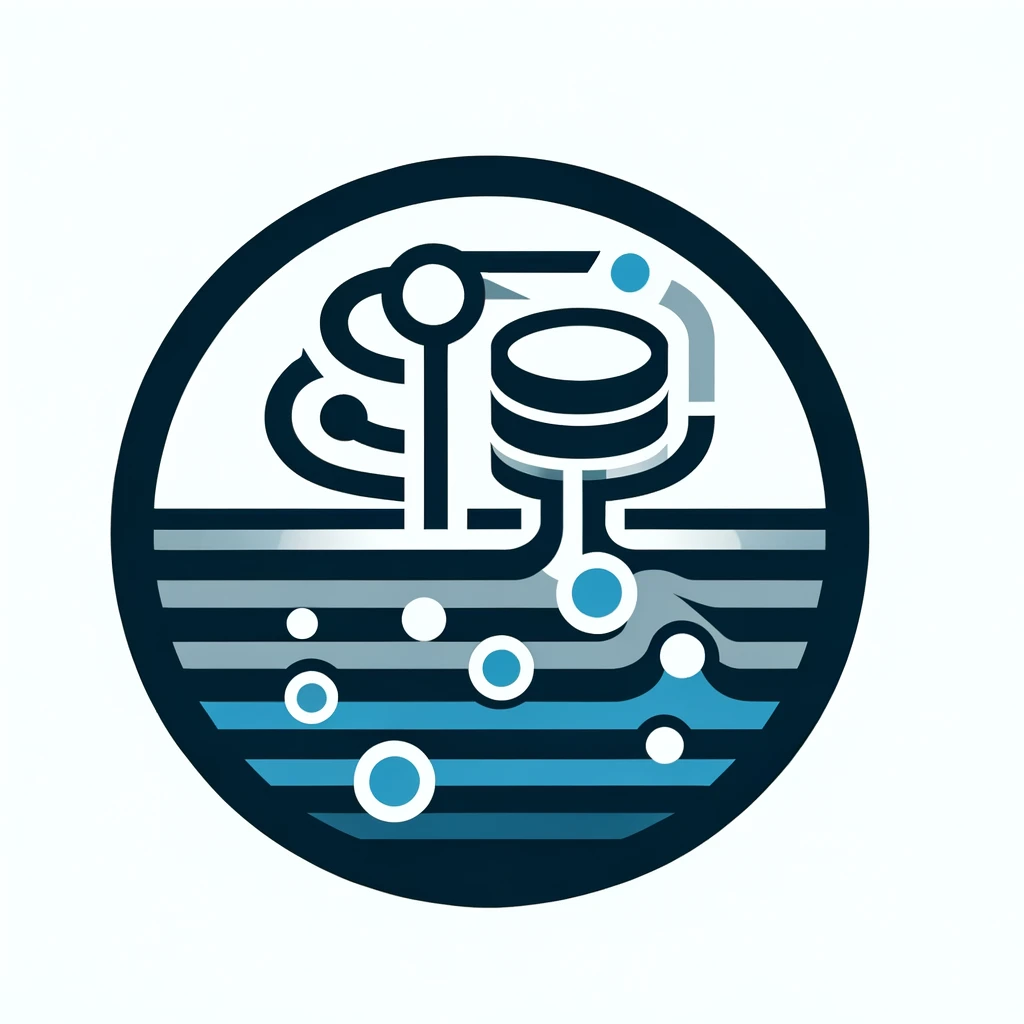Computer Scientist & PhD Student

Computer Scientist & PhD Student
Hello! I'm Francesco, a dedicated Computer Scientist and a passionate researcher in the field of Information Engineering. Currently immersed in the academic environment of the University of Padua, Italy, I am pursuing my PhD with a focus on the fascinating intersections of Differential Privacy, Data Mining, Natural Language Processing (NLP), and Information Retrieval.
My journey in Computer Science is driven by an insatiable curiosity and a deep-seated desire to unravel complex data puzzles. What excites me the most is the opportunity to contribute to advancements in technology that respect and protect individual privacy while harnessing the power of data for the greater good.
In my research, I strive not just to delve into the theoretical underpinnings of these domains, but also to apply my findings in practical, real-world scenarios. This could never be achieved without collaboration and teamwork, the heart of my approach. I firmly believe that the best solutions emerge from the synthesis of diverse perspectives and expertise. Whether I'm working in a lab, presenting at a conference, or brainstorming in a team meeting, I'm always eager to share ideas, learn from others, and contribute to collective goals.
As I continue my academic journey, I remain open to new experiences, from universities and companies intrested in the Privacy Enhancing Techniques research field. I'm eager to embrace fresh challenges, and enthusiastic about making meaningful contributions to the field of Computer Science.
Thesis title:
A Feasibility Study and Privacy Analysis of a Data Management Infrastructure in the Oncology Research Domain.
Thesis title:
A Possibilistic Approach to Fuzzy Arithmetic.
High School studies in scientific orientation.
90/100For my Master's thesis, I undertook an internship at the CRO oncological research center in Aviano, Italy. My focus was on exploring the challenges of Differential Privacy within the e-health data domain. This included developing a clinical data repository for the hospital, where I considered various aspects of its development and the associated legal implications. After the internship, during my PhD studies, I took on the role of an IT advisor, contributing to the development of the IT platform for research purposes and diverse privacy strategies to protect medical data.
During my time at the University of Padua, I won the scholarship to work as a tutor for the courses in Biometrics and Stochastic Processes. In the Biometrics course, I created two Python notebooks: one focused on face recognition and the other on gait analysis. As for the Stochastic Processes course, my role involved guiding students through exercises related to Markov Chains, Poisson Processes, and Renewal Processes.
As the Social Media Manager for the regional project "Young Destination - Fotogrammi Veneti", implemented by the ITACA cooperative, my role focused on promoting and enhancing the visibility of several municipalities in the province of Treviso, Veneto, that were part of this initiative.
I participated in a work-study internship program during my third and fourth years of high school, totaling 200 hours. This program was a part of the school-work alternation initiative, offering practical experience alongside academic studies over two years.
For the Information Security course, I developed "DREX: Denial of service, Reconnaissance, and Exploits eXecutable," a project focusing on network security and attack countermeasures. In three phases, it involved setting up a network of virtual machines, scripting attacks in DREX, and configuring Palo-Alto Firewall and SPLUNK SIEM/Machine Learning Toolkit. Python, with libraries like Scapy and Requests, was used for implementing the attacks.
Read MoreI undertook a project simulating the real-world challenges and solutions for a Research Hospital in Oncology, the RHO Research Institute. The project focused on creating a database to efficiently manage a variety of data, including patient demographics, clinical records, results from scientific experiments, and logistical details of the research pipeline. The project was divided into a Requirements Analysis, a Conceptual and Logical Design, and the Physical Design of the database. After that, the group had to
Read MoreDuring my studies at the University of Padova, I participated in the Cyber Challenge 2023, a contest focused on solving various cybersecurity challenges. As a member of the University of Padua's team, I found the experience both enjoyable and enriching.
Read MoreIn my Master's project, I developed an AI-based face recognition system using Python. It featured a simple TensorFlow CNN, live detection via notebook camera, and enhanced classification with AlexNet through transfer learning. This project demonstrated a practical fusion of deep learning and real-world application.
Read MoreIn my Bachelor's project, I developed a simulation of virus spread in a population using the SIRD (Susceptible, Infected, Recovered, Dead) mathematical model. Implemented in Matlab, it solved differential equations via the Runge-Kutta method, modeling pandemic dynamics effectively.
Read MoreTo Be Announced projects...

Information Retrieval, Differential Privacy

Information Retrieval, Differential Privacy

Information Retrieval

Information Retrieval, Differential Privacy

Information Security, Differential Privacy

Social Network Analysis, Bots Detection, NLP

Information Security, Differential Privacy

Mathematics, Theoretical Computer Science